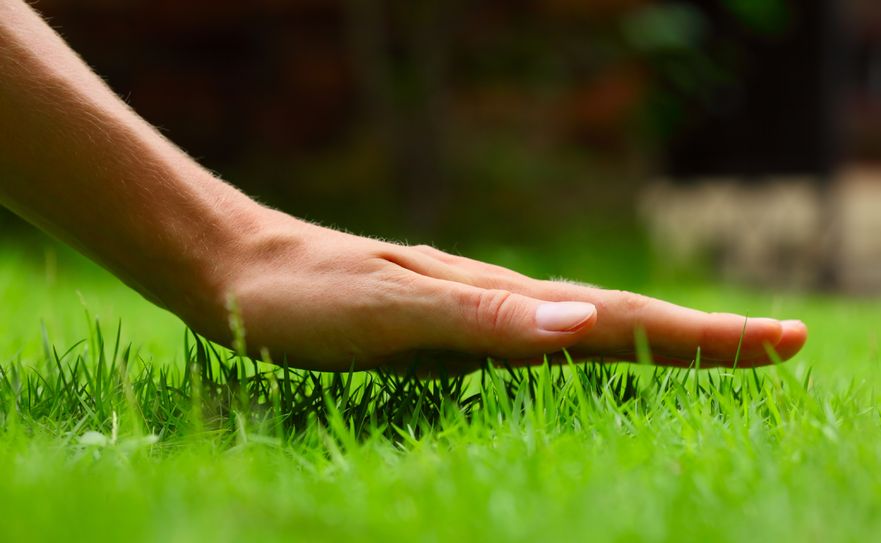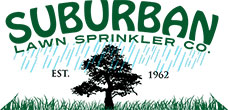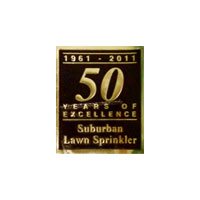
In the pursuit of a vibrant, green lawn, there’s a growing awareness of the need to harmonize our landscaping aspirations with environmental responsibility. Creating a sustainable landscape involves adopting eco-friendly practices in lawn irrigation – a pivotal aspect that not only nurtures your lawn but also minimizes the environmental footprint. In this comprehensive guide, we’ll delve deep into various strategies and techniques to help you cultivate a lush, eco-friendly oasis right in your backyard.
Understanding the Impact
To embark on the journey of creating a sustainable landscape, it’s crucial to comprehend the environmental implications of conventional lawn irrigation. Traditional methods often lead to excessive water usage, runoff, and soil erosion. By recognizing these challenges, we set the stage for implementing eco-friendly alternatives.
Smart Irrigation Systems
Embracing technology is a cornerstone of sustainable lawn care. Smart irrigation systems, equipped with sensors and controllers, revolutionize the way we water our lawns. These systems analyze real-time data such as weather conditions, soil moisture levels, and plant requirements to optimize water usage. By eliminating guesswork, smart systems contribute significantly to water conservation.
Drip Irrigation
A precision-oriented approach, drip irrigation delivers water directly to the root zone of plants, minimizing waste and evaporation. Unlike conventional sprinkler systems that cover large areas indiscriminately, drip irrigation ensures that every drop counts. It’s an ideal solution for those aiming to strike a balance between water conservation and maintaining a thriving lawn.
Rain Sensors
Harnessing the power of nature, rain sensors offer an intelligent solution to irrigation management. These devices detect natural rainfall and adjust the watering schedule accordingly. By preventing unnecessary irrigation during wet periods, rain sensors not only save water but also contribute to sustainable landscaping practices.
Drought-Tolerant Landscaping
Selecting plants that are well-adapted to your local climate is a fundamental step in creating a sustainable landscape. Drought-tolerant plants not only require less water but also contribute to the resilience of your lawn in varying weather conditions. Native plants thrive in their natural environment, promoting biodiversity and reducing the need for excessive irrigation.
Mulching Magic
The practice of mulching is a time-tested technique that benefits both the soil and the plants. By applying a layer of organic mulch around your plants, you create a protective barrier that helps retain soil moisture, suppresses weeds, and adds valuable nutrients to the soil. Mulching is a simple yet effective way to enhance the sustainability of your lawn.
Regular Maintenance and Inspection
Sustainability goes hand in hand with responsible stewardship of resources. Regularly inspecting and maintaining your irrigation system is paramount to its efficiency. Checking for leaks, clogs, or damaged components ensures that your system operates optimally, minimizing water wastage and extending its lifespan.
Watering Wisely
The timing of irrigation plays a crucial role in sustainability. Watering during the early morning or late evening reduces evaporation, allowing more water to penetrate the soil and reach the roots. This simple adjustment to your watering schedule can make a significant difference in overall water conservation.
Creating a sustainable landscape through eco-friendly practices in lawn irrigation is not just a responsibility; it’s an opportunity to be a steward of the environment. Contact Suburban Lawn Sprinkler at (508) 872-2727 today or visit us online for more information!








